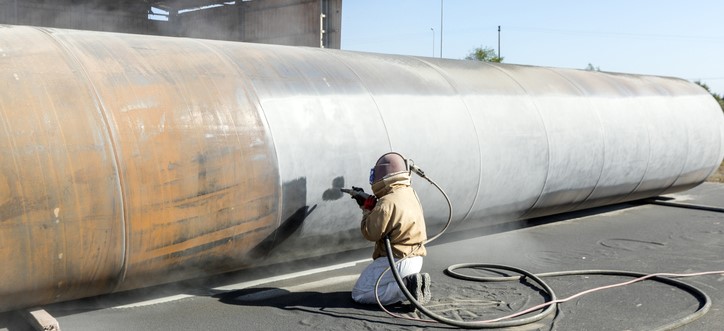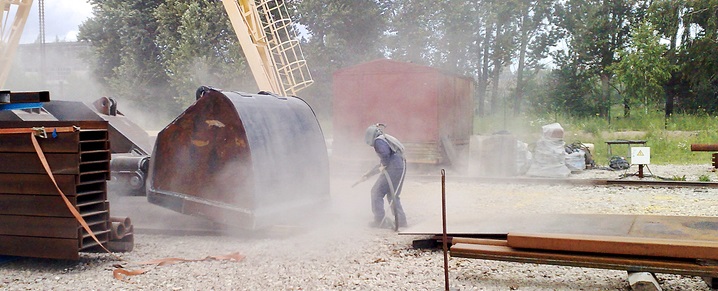
What Does Sandblasting Mean?
Sandblasting, also known as abrasive blasting, is a common technique used to clean, polish, and shape various surfaces. It involves propelling fine particles of abrasive material at high speeds using compressed air or water. This process can remove rust, paint, and other unwanted coatings from objects, leaving them clean and ready for further treatment or use. In this blog post, we will explore what sandblasting is and how it works.
-
The Basics of Sandblasting:
Sandblasting involves the use of abrasive materials such as sand, glass beads, aluminum oxide, or even walnut shells. These materials are propelled through a nozzle with the help of compressed air or water pressure. The high-speed impact of the particles erodes the surface being treated, effectively removing unwanted substances like rust or paints.
The equipment used in sandblasting typically consists of a blasting cabinet or chamber that encloses the object being treated to prevent particles from escaping into the air. A specialized gun connected to an air compressor delivers the abrasive material to the surface.

Applications of Sandblasting:
Sandblasting has a wide range of applications across various industries. Some common uses include:
a) Surface Preparation: Before applying coatings like paint or powder coating, surfaces need to be prepared by removing dirt, grease, old paint layers or rust. Sandblasting achieves thorough cleaning efficiently and ensures proper adhesion of new coatings.
b) Restoration: Sandblasting is commonly used to restore old furniture, metal structures or sculptures by removing layers of old paint or rust. It can bring back their original appearance and prepare them for refinishing.
c) Construction Industry: In construction projects, sandblasting is used for concrete surface preparation before applying finishes like epoxy coatings or waterproofing sealants. It helps create better bonding between concrete surfaces and subsequent treatments.
d) Automotive Industry: Sandblasting plays a crucial role in the automotive sector, removing old paint or rust from cars, trucks, and other vehicles. It is used in both bodywork repairs and restoration processes.
e) Aerospace Industry: Critical components in the aerospace industry often require careful surface preparation. Sandblasting is an effective method for cleaning, deburring, and preparing parts for further treatments or inspections.
f) Manufacturing: In manufacturing processes, sandblasting can provide desirable surface finishes to various products. It is used to create textures or add matte finishes to materials like glass, plastic, or metal.
g) Monument Cleaning: Heritage structures like monuments or statues need regular maintenance to preserve their original appearance. Sandblasting techniques can help clean delicate surfaces without causing any damage.
In conclusion, sandblasting is a versatile technique that offers multiple benefits across various industries. From cleaning and surface preparation to restoration and manufacturing, it plays an essential role in achieving desired results efficiently. However, it’s important to ensure proper safety precautions are taken while performing sandblasting operations to protect against health hazards associated with the fine abrasive particles and dust generated during the process.
